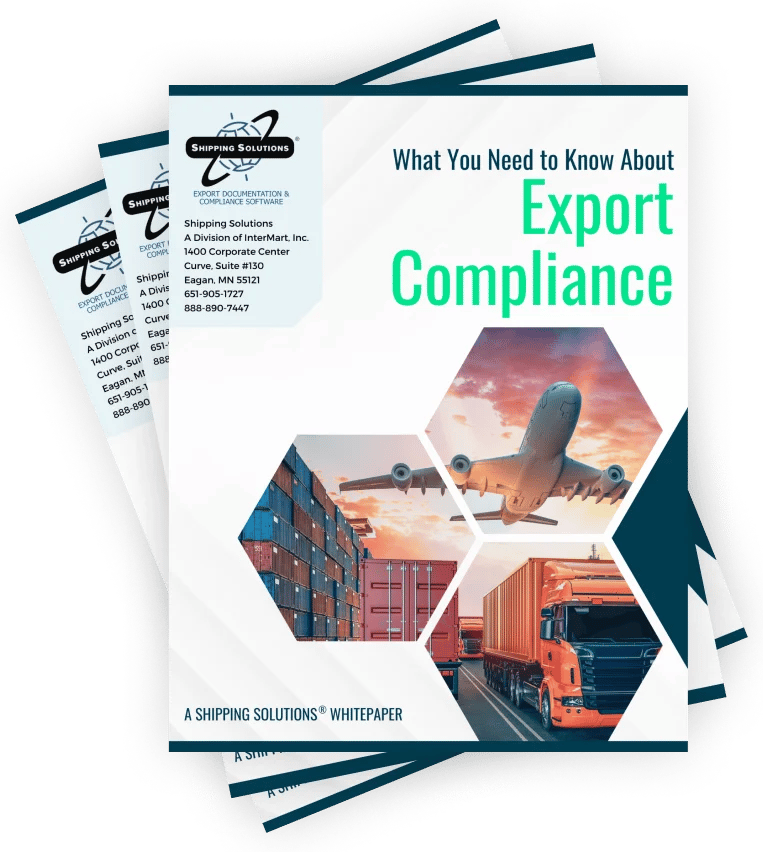The International Trade Blog Export Compliance
EU Deforestation Rules Set New Standards: What U.S. Exporters Need to Know
On: October 2, 2024 | By:  Kari Crane |
2 min. read
Kari Crane |
2 min. read
 The European Union’s new Regulation on Deforestation-Free Products (EUDR) is set to establish a new standard for environmental accountability in global supply chains, bringing both significant challenges and compliance requirements for U.S. exporters. Originally set to go into effect in December 2024, but recently postponed for 12 months, businesses will be required to trace products to their origin and prove they do not come from deforested land. The regulation aims to ensure that specific commodities—including cattle, cocoa, soy, coffee, palm oil, timber, rubber and their derivatives—do not contribute to deforestation or forest degradation.
The European Union’s new Regulation on Deforestation-Free Products (EUDR) is set to establish a new standard for environmental accountability in global supply chains, bringing both significant challenges and compliance requirements for U.S. exporters. Originally set to go into effect in December 2024, but recently postponed for 12 months, businesses will be required to trace products to their origin and prove they do not come from deforested land. The regulation aims to ensure that specific commodities—including cattle, cocoa, soy, coffee, palm oil, timber, rubber and their derivatives—do not contribute to deforestation or forest degradation.
EUDR Compliance: Key Challenges for Exporters
A whitepaper from the Minnesota District Export Council (DEC), European Union Deforestation Regulation, highlights key challenges exporters may face in complying with the EUDR:
- Lack of Practical Guidance: The EUDR has left many businesses uncertain about the steps needed for compliance.
- Transparency vs. Confidentiality: Suppliers must share sensitive information, which raises concerns about intellectual property protection and confidentiality.
- Financial Burden: Suppliers may increase prices to cover compliance costs, which could affect both traders and consumers. Additionally, all countries, including those with strong environmental controls like the U.S., are currently classified as standard risk, increasing compliance burdens.
- Inconsistent Enforcement: Decentralized enforcement by EU member states raises concerns about fairness.
- Complex Traceability Requirements: Tracing materials through complex manufacturing processes, especially for derivative products, is proving difficult, particularly in industries that rely on multi-sourcing and blended raw materials.
To help mitigate these challenges, the whitepaper suggests several potential solutions, such as enhancing EU guidance, balancing transparency requirements with confidentiality protections, and offering financial support like grants or subsidies to offset compliance costs. Additionally, a risk-based approach to due diligence could streamline processes for countries with strong environmental controls.
For a deeper exploration of these challenges and strategies to minimize the impact on your export business, you can read the full whitepaper on the Minnesota District Export Council website.
Like what you read? Join thousands of exporters and importers who subscribe to Passages: The International Trade Blog. You'll get the latest news and tips for exporters and importers delivered right to your inbox.

About the Author: Kari Crane
Kari Crane is the editor of Passages: The International Trade Blog. Kari joined Shipping Solutions after working as an editor, writer and designer at a major market newspaper in Texas. Kari has spent her career finding different ways to tell stories and make complex topics easy-to-understand, so she loves helping importers and exporters understand how to navigate the complex world of international trade.


